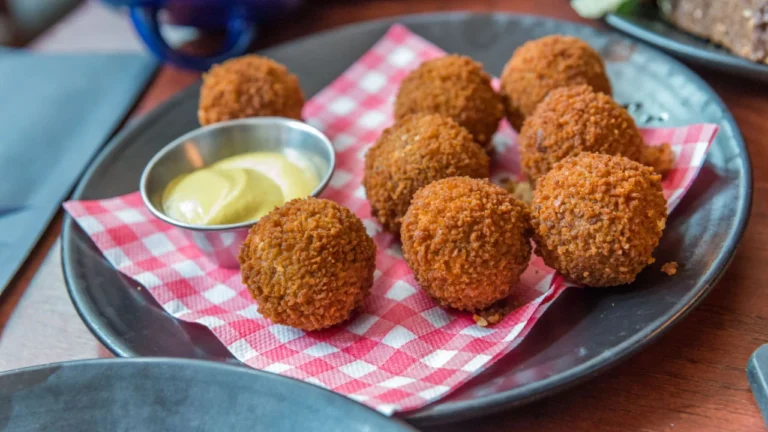Introduction: The question of spice in Dutch cuisine
When it comes to the question of whether Dutch cuisine is spicy or not, there is no easy answer. The Netherlands is not typically associated with a culture of spicy food, and Dutch cuisine tends to be characterized by simple, hearty dishes that prioritize flavor over heat. However, this does not mean that spices are absent from Dutch cooking altogether.
In this article, we will explore the history of Dutch spices and their uses, examine traditional Dutch dishes and their spice levels, discuss regional variations in spice usage, and look at the impact of cultural influences on Dutch cuisine. By the end of this article, we hope to have shed some light on the question of whether Dutch cuisine is spicy or not.
The history of Dutch spices and their uses
The Netherlands has a long history of trading spices with other countries, dating back to the 16th century when Dutch merchants established the Dutch East India Company. Spices such as nutmeg, cinnamon, cloves, and black pepper were highly prized and used to flavor food, preserve it, and cover up the taste of spoiled meat.
Today, Dutch cuisine still incorporates many of these traditional spices, although they tend to be used more sparingly than in other cuisines. Other common spices used in Dutch cooking include bay leaves, thyme, parsley, and celery salt. These spices are typically used to add depth and flavor to dishes rather than heat.
Traditional Dutch dishes and their spice levels
Traditional Dutch dishes tend to be hearty and filling, with a focus on meat, potatoes, and vegetables. Some of the most famous dishes include stamppot (mashed potatoes and vegetables), erwtensoep (pea soup), and hutspot (a stew of mashed potatoes, carrots, and onions).
While these dishes may incorporate spices such as nutmeg, bay leaves, or thyme, they are not typically spicy. In fact, many Dutch people prefer their food to be mild and may find spicy food too overwhelming. However, there are some Dutch dishes that can be spicy, such as sambal goreng (a spicy Indonesian dish) or hete bliksem (a dish of mashed potatoes and apples with bacon).
Regional variations: Spice in Dutch cuisine by province
Like any country, the Netherlands has regional variations in its cuisine, and this includes differences in spice usage. For example, in the northern province of Friesland, the cuisine tends to be simpler and less heavily spiced than in other regions. In Limburg, a southern province with strong ties to Germany and Belgium, spices such as ginger, cloves, and nutmeg are more commonly used.
Overall, however, Dutch cuisine tends to be mild and not heavily spiced. This is partly due to the fact that the Netherlands is not a particularly hot country, and spicy food is not as well-suited to its climate as it is to, say, the tropical regions of Asia or Latin America.
Influences from other cultures and their impact on Dutch cuisine
In recent years, Dutch cuisine has been influenced by the growing diversity of the country’s population. Immigrants from Indonesia, Suriname, and other countries have brought their own spices and dishes with them, and these have had an impact on Dutch cuisine.
Indonesian dishes such as nasi goreng (fried rice) and rendang (a spicy meat dish) are now popular in the Netherlands, and many Dutch people have developed a taste for spicy food as a result. Similarly, Surinamese dishes such as roti (a type of flatbread) and pom (a dish made with chicken or fish) have become more widely available in Dutch cities.
Conclusion: Is Dutch cuisine spicy? The answer may surprise you.
In conclusion, while Dutch cuisine is not typically associated with spicy food, it would be inaccurate to say that it is entirely devoid of spice. Dutch cuisine incorporates many traditional spices such as nutmeg, cinnamon, and bay leaves, although these tend to be used sparingly to add flavor rather than heat.
Regional variations in spice usage do exist, and influences from other cultures have had an impact on Dutch cuisine in recent years. However, overall, Dutch cuisine tends to be mild and not heavily spiced, reflecting the country’s temperate climate and emphasis on simple, hearty fare.

